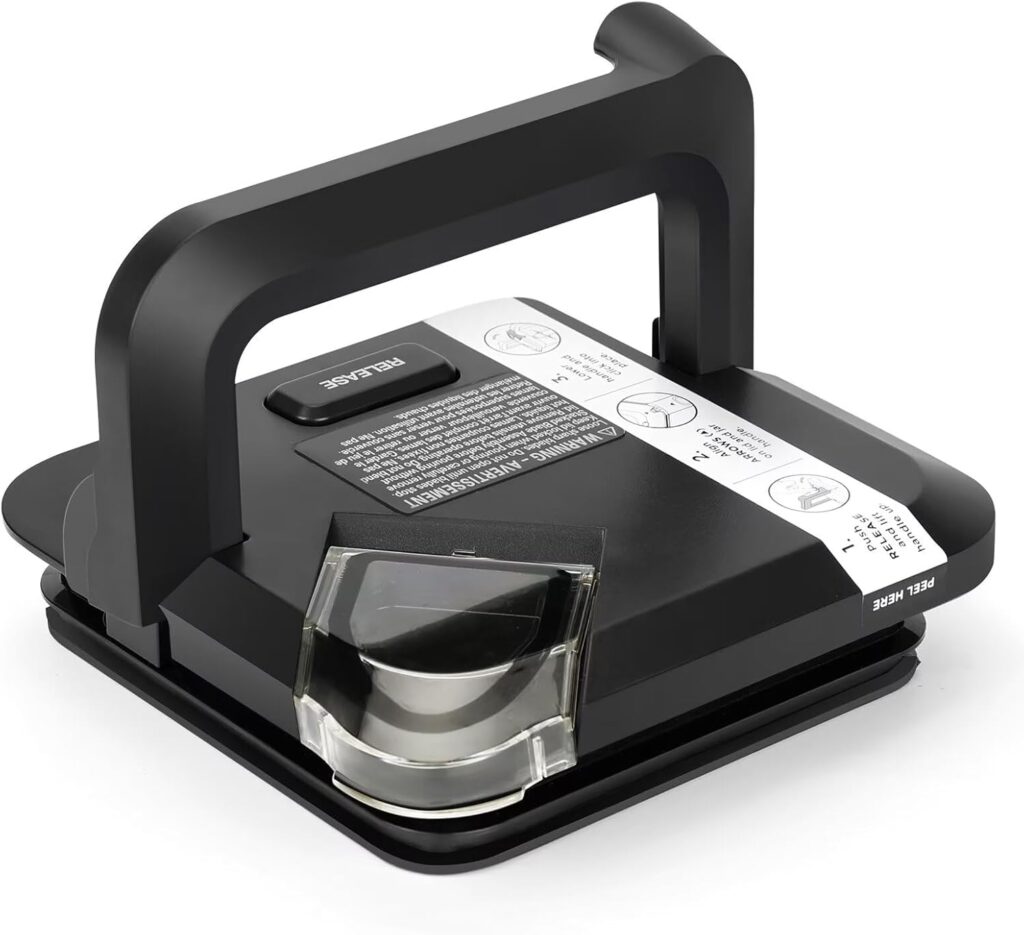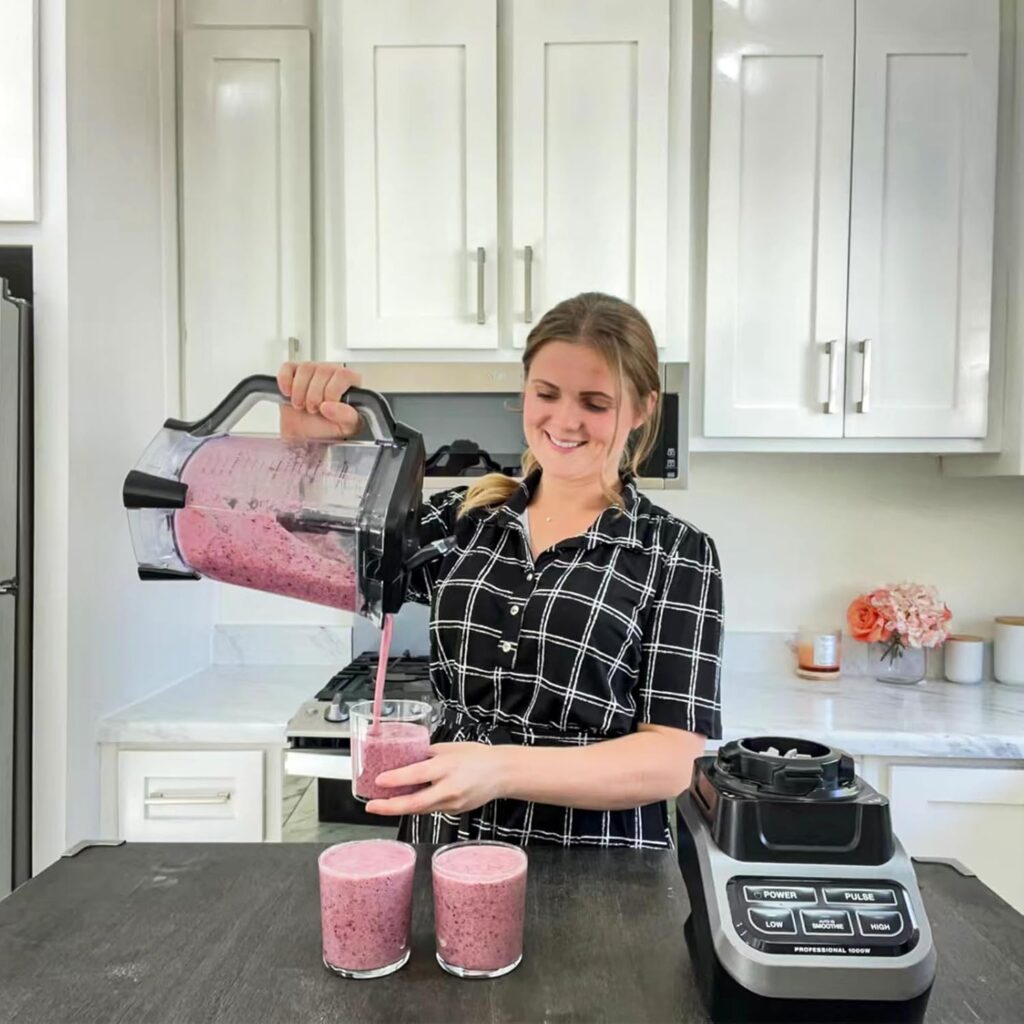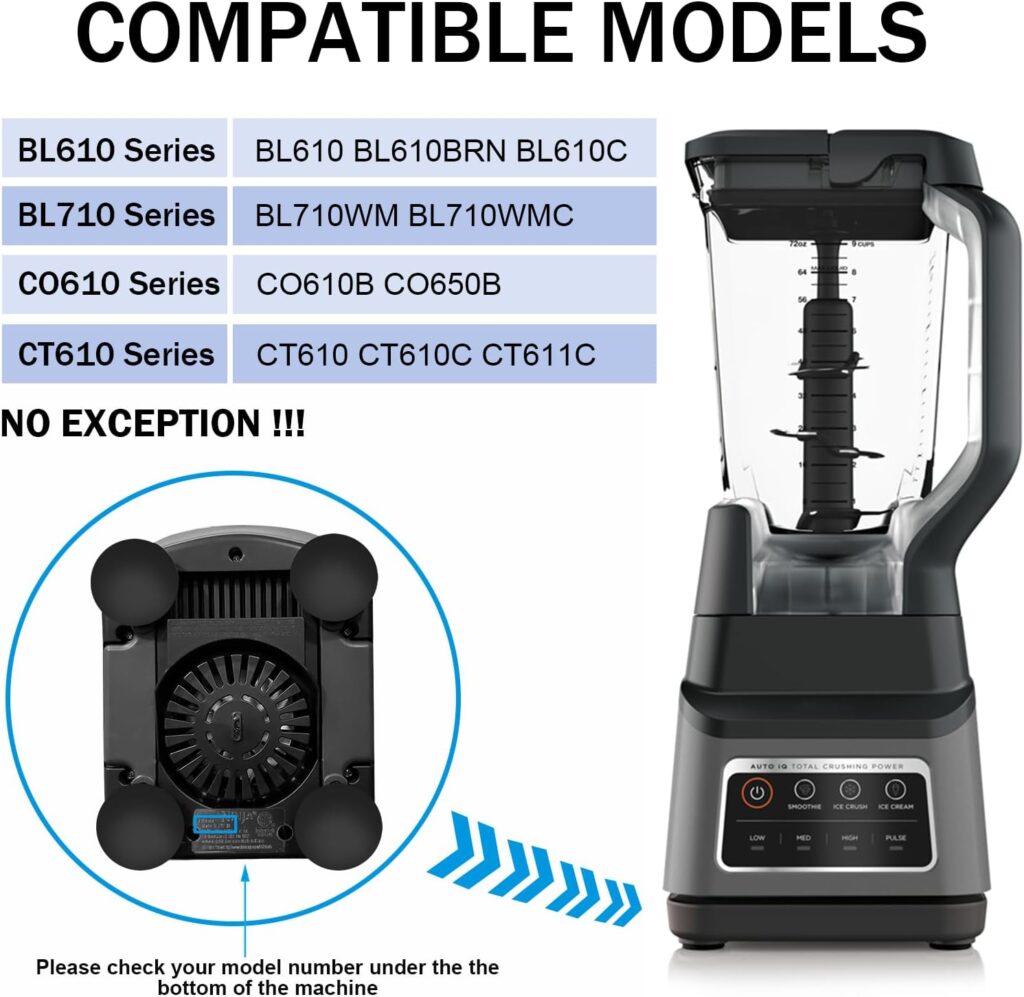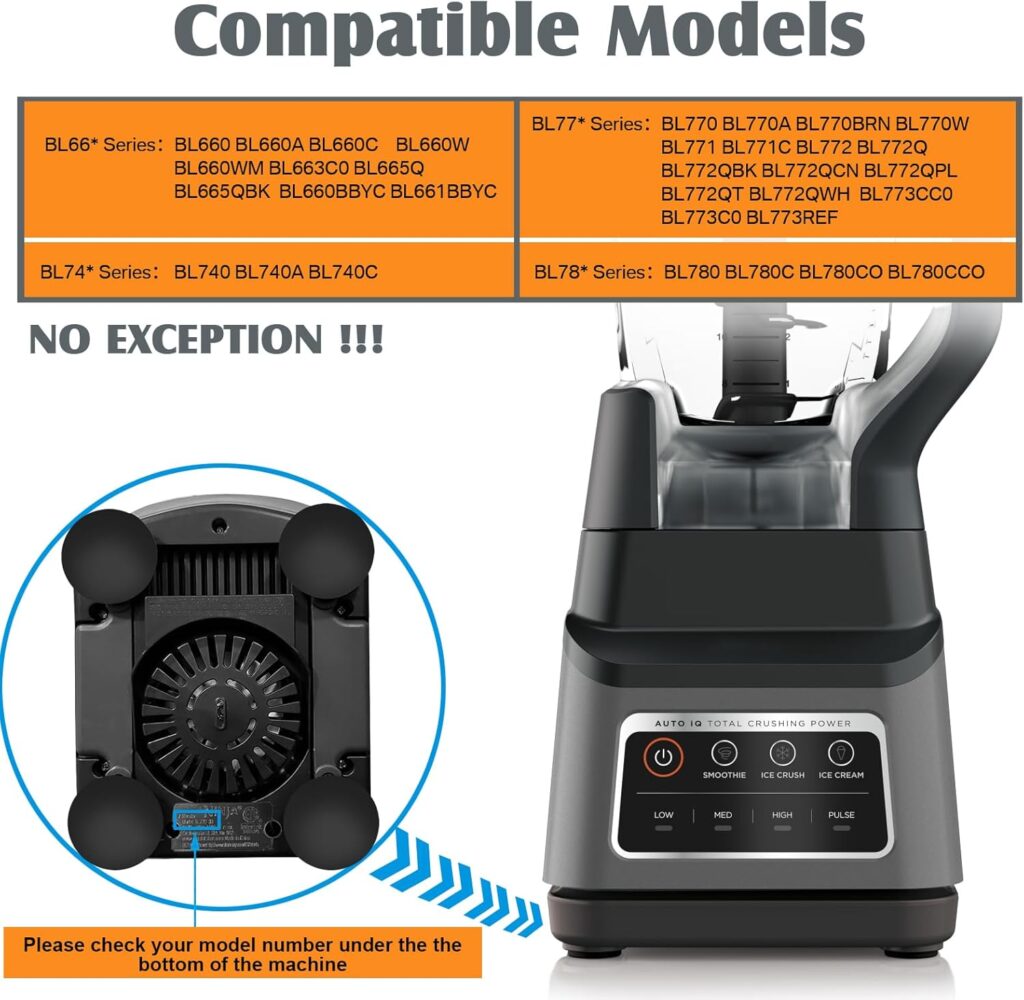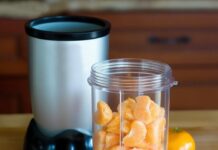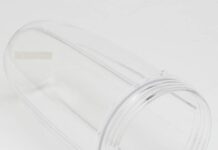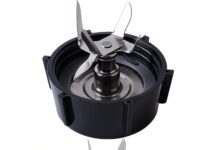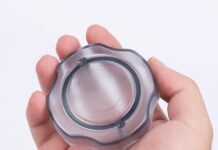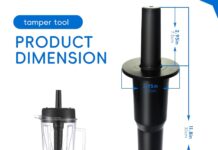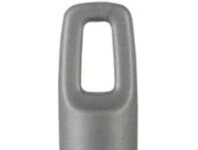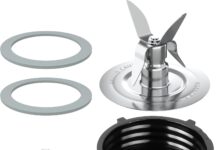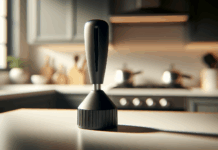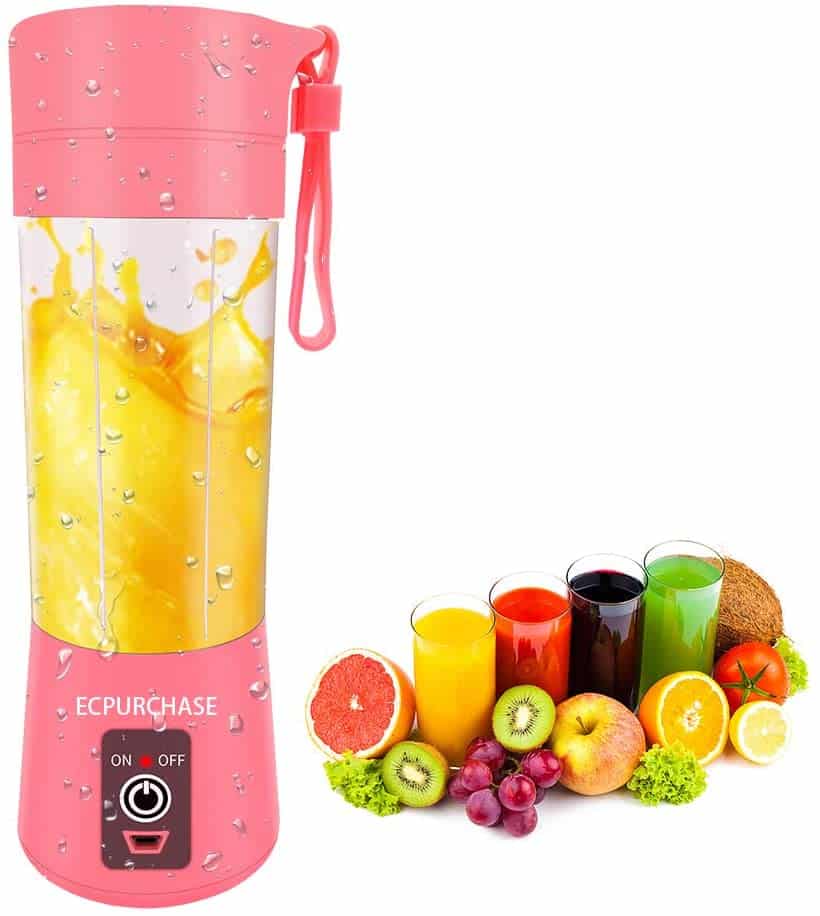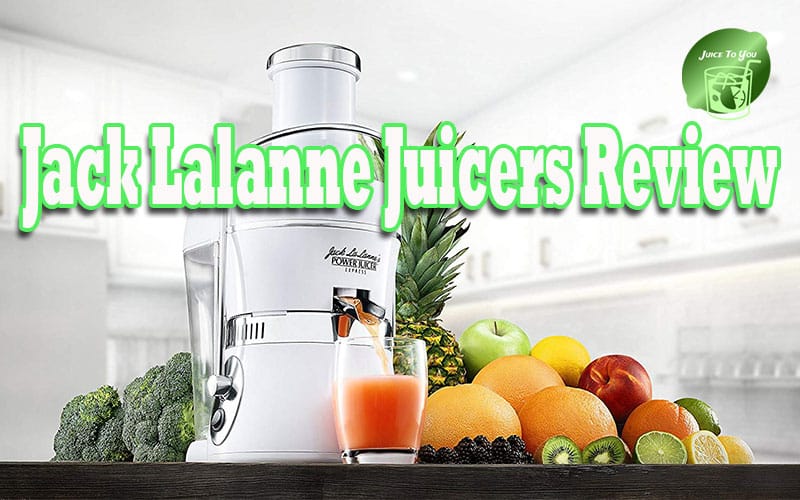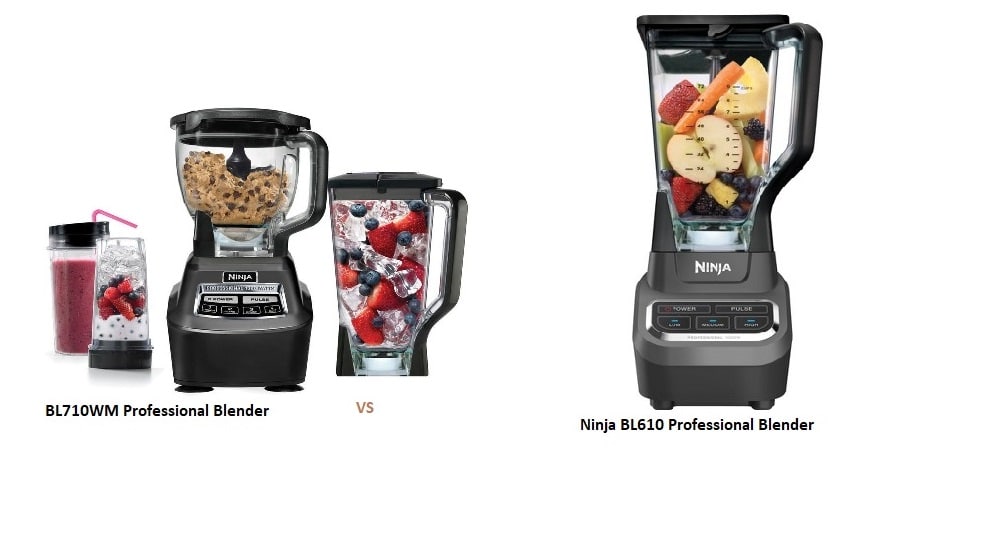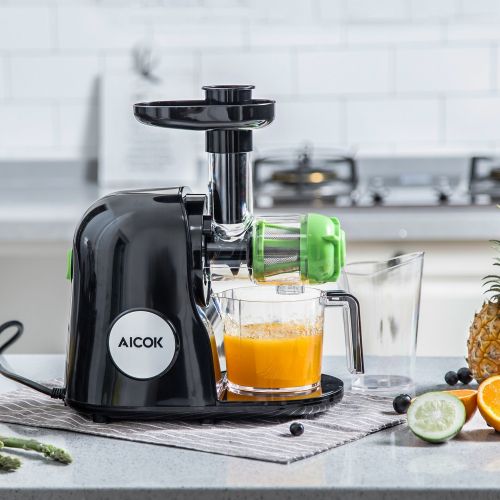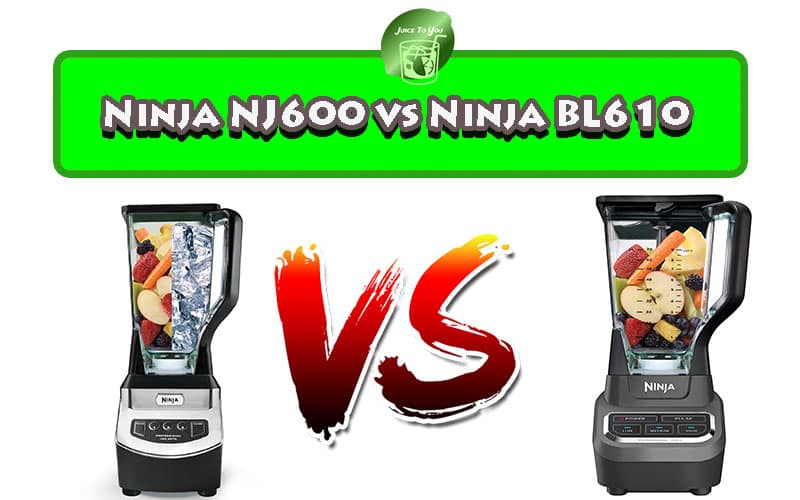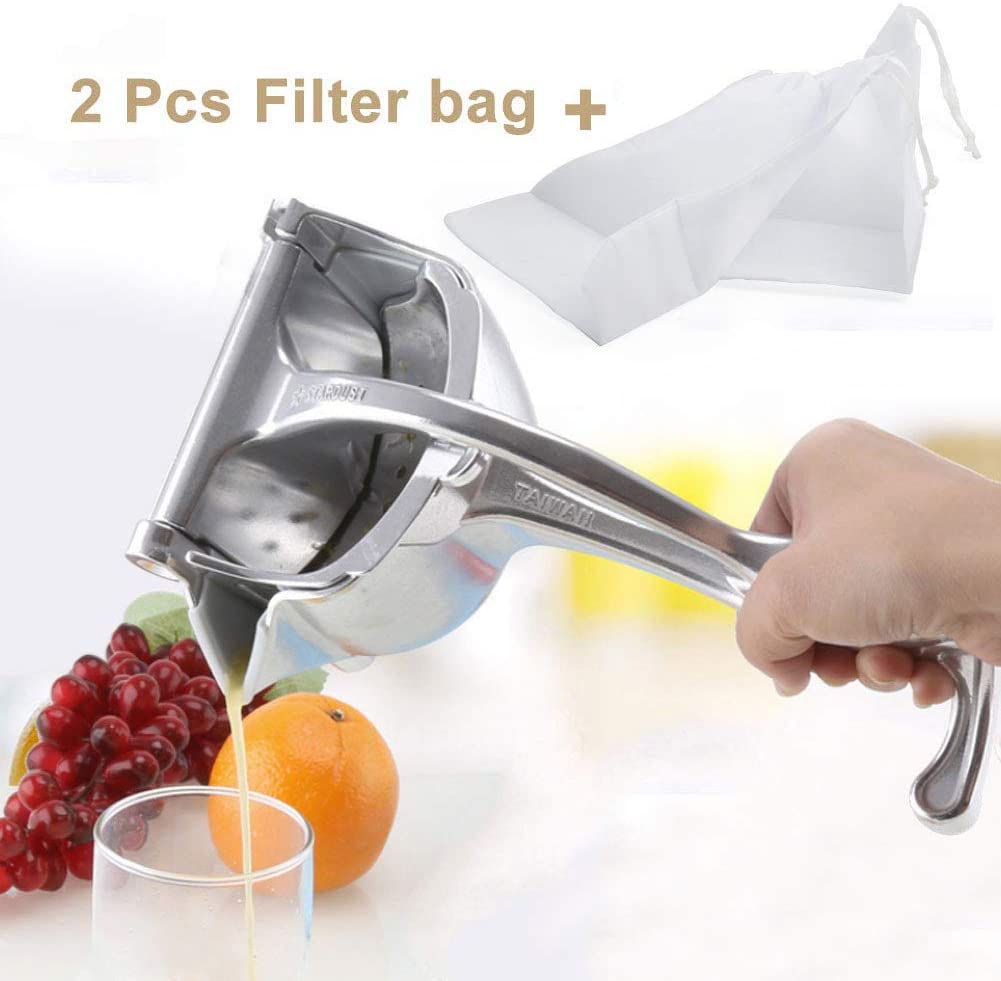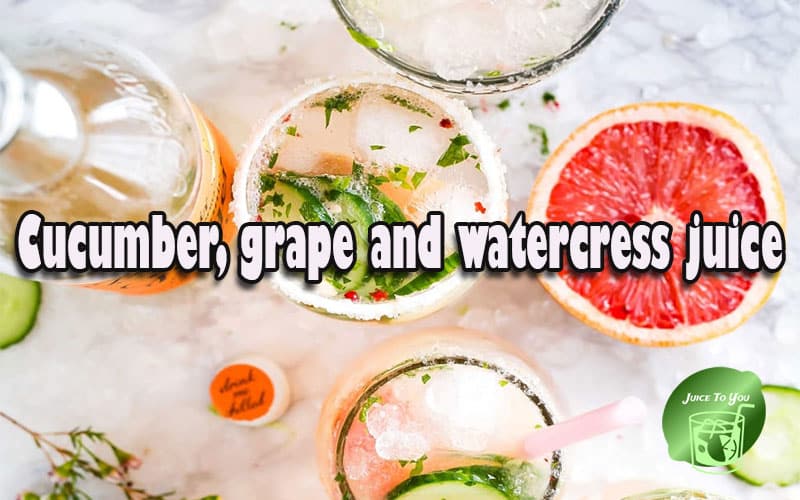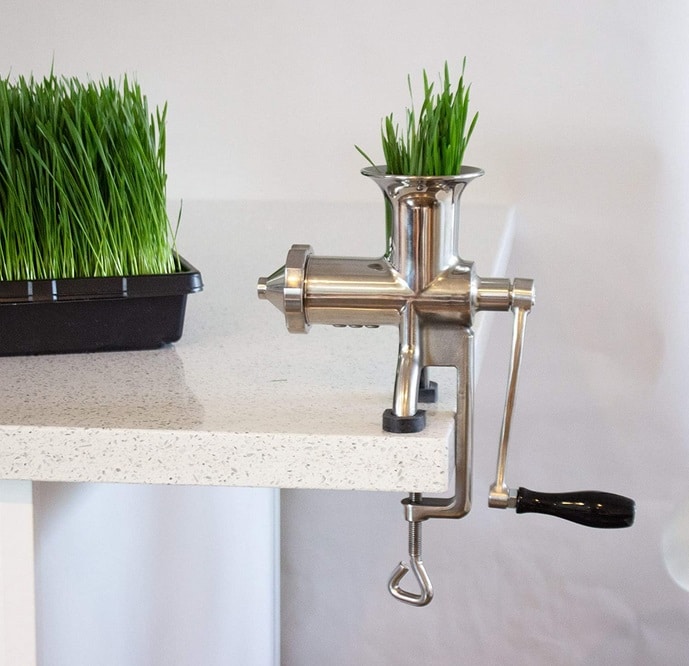Are we looking for a reliable replacement lid for our Ninja 72 OZ pitcher that matches the newer rim-extension design?
Product overview: Lid Replacement for Ninja Blender 72 OZ Pitcher, Replacement Parts Top Locking Lid Cover for Ninja Blender BL642 BN701 BN751 BN801 BL610 DB751A CT610, Ninja New Model Food Processor Accessories
We want to summarize what this product is and who it’s for. This replacement lid is intended specifically for the new 72 OZ Ninja pitcher design that includes a rim extension. It’s an aftermarket replacement offering a cost-effective way to restore function when the original lid is damaged, lost, or no longer sealing properly.
Who should consider this lid
We think this lid is best for households that own the newer-style 72 OZ Ninja pitchers and want a quick, affordable solution without buying a whole new pitcher. If our original lid shows cracks, warped edges, or a failed locking mechanism, this replacement is worth considering — provided our pitcher matches the rim extension design shown in the product images (images No.2 and No.3).
Lid Replacement for Ninja Blender 72 OZ Pitcher, Replacement Parts Top Locking Lid Cover for Ninja Blender BL642 BN701 BN751 BN801 BL610 DB751A CT610, Ninja New Model Food Processor Accessories
Compatibility and model checklist
We prefer to be absolutely certain about compatibility before ordering. The seller lists many model numbers across several series that this lid is compatible with. They emphasize that these lids are for the new 72 OZ pitcher design and state NO EXCEPTION — meaning compatibility is strict.
Compatibility details
We should check our actual blender base model number (usually found on the bottom of the machine) and verify that it appears in the compatibility list. Below is a condensed version of the models the seller lists:
- BL610, BL610BRN, BL610C, BL710WM, BL710WMC, BL710WMBF, CO610B, CO650B
- CT610, CT610C, CT611C, BL640, BL641, BL642, BL642W, BL642W1, BL642REF
- BL680A, BL681A, BL682, BL682W, BN700, BN701, BN700C, BN701C, BN700CCO, BC701CCO
- BN750, BN750C, BN751, BN751C, BN753TGT, BN800, BN800C, BN801, BN801BBYC, BN801C, BN801NP, BN805A, BN805CCO
- DB751AD, B751A, BL910, BL910BRN
We recommend checking the bottom of our unit to confirm the exact model. If our lid or pitcher does not match the rim-extension images (No.2 and No.3), this part will likely not fit.
Why the rim extension matters
We’ve learned that there are at least two distinct lid/pitcher designs for Ninja 72 OZ pitchers. This replacement lid is tailored to the design with a rim extension, which affects how the lid locks and seals.
What is a rim extension?
A rim extension is a raised or extended lip around the pitcher’s opening that interacts with the lid’s locking mechanism. If our pitcher lacks this rim extension, the lid may not sit correctly, may not lock, or may leak during blending.
Fit and installation
We want the replacement to be easy to use and to fit securely. From our perspective, installation should be straightforward: align, set down, twist or press until the lock engages.
Step-by-step installation guide
- Wash the lid and pitcher rim before first use to remove any dust or packing residue.
- Align the lid’s locking tabs with the rim extension on the pitcher.
- Lower the lid onto the pitcher ensuring that the seal sits flush.
- Engage the top locking mechanism until you hear or feel it click into place.
- Test the lock by gently trying to lift the lid; it should stay secure.
If it does not lock, double-check that both the lid and pitcher are clean, dry, and free of damage.
Leak and performance testing
We think it’s important to perform a quick test before blending anything hot or actively splattering contents.
Simple leak test
- Fill the pitcher with a cup of water (no more than halfway).
- Lock the lid and hold the pitcher at an angle.
- Gently shake and tilt to check for seepage from seams or the locking area.
If there’s any noticeable leaking, re-seat the lid and test again. If leakage persists, the lid may not be compatible with our pitcher or could be defective.
Build quality and materials
We prefer to be cautious about claims regarding materials. The product listing does not provide a specific polymer name or BPA claim for the lid. From handling similar replacement parts, we expect a durable plastic that withstands repeated use, but we should not assume specifics without manufacturer confirmation.
What to look for at delivery
When we receive the lid, we should inspect for:
- A smooth, uniform molding with no major flash or weak spots.
- Tight-fitting locking tabs and an intact seal/gasket (if present).
- No foul smells that indicate poor materials.
If anything seems off, we should contact the seller right away.
Table: Quick reference specifications
We find tables helpful to review main points at a glance. Below is a compact breakdown of the essential product information.
| Feature | Details |
|---|---|
| Product name | Lid Replacement for Ninja Blender 72 OZ Pitcher, Replacement Parts Top Locking Lid Cover for Ninja Blender BL642 BN701 BN751 BN801 BL610 DB751A CT610, Ninja New Model Food Processor Accessories |
| Compatible models | BL610 series, BL640-BL682 series, BN700-BN805 series, DB751A/B, BL910 and variants (see full list in product description) |
| Pitcher size compatibility | 72 OZ (new model with rim extension) |
| Fit requirement | Rim extension design — must match images No.2 and No.3 |
| Installation | Align, lower, and lock; audible or tactile click recommended |
| Leak testing | Recommended before first use |
| After-sales support | Seller requests contact for any after-sales questions; claims to help with quality or fit issues |
| Important note | NO EXCEPTION — must match rim extension design |
Usability in daily kitchen tasks
We find that ease of use and reliability matter most when replacing parts on frequently used appliances.
How it performs for smoothies, soups, and more
When the lid locks properly, it should allow us to blend a wide variety of items — smoothies, frozen drinks, sauces, and even hot soups if our pitcher is rated for temperature (we should verify our entire pitcher’s temperature limitations). The primary role of a good lid is to maintain a secure seal during high-speed blending so ingredients don’t escape.
Cleaning and maintenance
We want our replacement lid to be easy to keep clean and hygienic.
Recommended cleaning routine
- Rinse the lid under warm water after each use to remove residue.
- Use mild dish soap and a soft brush to clean around the locking tabs and any crevices.
- Allow the lid to air-dry fully before storing to avoid trapped moisture and odors.
- If dishwasher-safe is not explicitly stated by the seller, we should wash by hand to be safe. If the listing or seller confirms dishwasher safety, place the lid on the top rack.
Durability and expected lifespan
We want our replacement to last through months or years of regular use. While aftermarket parts can be perfectly adequate, longevity varies by material and manufacturing quality.
Factors that affect lifespan
- Frequency and intensity of use (daily heavy blending will stress parts faster).
- Exposure to high temperatures or harsh cleaning agents.
- Rough handling or improper installation that stresses locking tabs.
We should monitor the lid for hairline cracks, deformed tabs, or a compromised seal and replace it if we notice these signs.
Pros and cons
We like to make balanced buying decisions, so here are the main advantages and potential drawbacks.
Pros
- Affordable alternative to buying a full new pitcher.
- Designed specifically for the new 72 OZ rim-extension pitcher — good chance of correct fit if our pitcher matches.
- Seller emphasizes after-sales support and willingness to assist with issues.
- Fast, simple installation process when compatible.
Cons
- Strict compatibility: if our lid or pitcher doesn’t match the rim extension images, it will not fit.
- Material and dishwasher compatibility aren’t explicitly detailed in the listing — potential uncertainty about long-term durability and care.
- As an aftermarket part, slight variations from OEM tolerances can occur.
Troubleshooting common issues
We expect small problems can occur, and we prefer to know how to address them quickly.
Lid won’t lock
- Check that the rim extension matches the lid design (images No.2 and No.3).
- Ensure the lid and pitcher rim are clean and dry.
- Inspect for any packaging material or tape caught in the locking mechanism.
- Try gently rocking the lid into place to engage tabs fully.
Lid leaks during blending
- Re-seat the lid and ensure the locking mechanism is fully engaged.
- Don’t overfill the pitcher — follow capacity guidelines.
- If we’re blending hot liquids, wait a short while for steam pressure to reduce.
- If leaks persist, contact the seller for a replacement or refund.
Lock works but feels loose
- Inspect tabs and hinge areas for wear or molding defects.
- Small play can be normal with aftermarket parts; if it’s excessive, request replacement under the seller’s after-sales support.
Customer support and returns
We appreciate sellers who stand behind their parts. This listing asks customers to contact them immediately if there are any after-sales questions. They state they will do their best to help with quality or compatibility issues.
Best practices when contacting support
- Include clear photos of the lid and pitcher, especially the bottom model number and the rim area.
- Reference images No.2 and No.3 from the listing to show how our pitcher compares.
- Describe the issue precisely (won’t lock, leaks, warped tab) and note when it started.
- Keep packing and purchase records if a return or exchange is requested.
Comparison with OEM lids
We often wonder how an aftermarket lid compares to an OEM (original equipment manufacturer) replacement.
Key differences to consider
- OEM lids typically match factory tolerances exactly and may feel more precise during locking.
- Aftermarket lids can be significantly cheaper while still providing acceptable performance.
- OEM replacements may include explicit material and dishwasher-safe ratings; aftermarket listings sometimes omit this data.
If budget allows, OEM is the safest route for a perfect match, but aftermarket replacements like this one often offer excellent value if compatibility is confirmed.
Safety tips
We take safety seriously when using any blender accessory.
Safe usage reminders
- Never operate the blender without a fully engaged lid.
- Avoid overfilling the pitcher, which can stress the lid and cause splatter.
- Be cautious with hot liquids; allow steam to vent and don’t seal extremely hot mixtures under pressure.
- Inspect the lid for cracks or deformation before use — compromising parts can fail under load.
Storage and spare parts strategy
We find it useful to keep spare lids on hand if we use our Ninja frequently.
Why keep a spare
- If a lid cracks or is misplaced, a spare minimizes downtime.
- Spares help when we need to deep-clean lids and want to continue using the blender.
- Buying multiples can be cost-efficient if the seller offers bundle pricing.
Real-world usage scenarios
We like to imagine daily use cases to appreciate performance.
Smoothie heavy household
If we make smoothies several times a week, a replacement lid that locks securely keeps clean-up easy and prevents sticky drips. We suggest checking compatibility carefully to avoid repeated returns.
Occasional user
For occasional users, this replacement lid is a budget-friendly fix when the original lid is lost or damaged. A simple leak test before first prolonged use will give us confidence.
FAQ (Frequently Asked Questions)
We gather common questions we’d have and provide concise answers.
Q: How do we verify our pitcher uses the rim-extension design?
A: Check the pitcher’s rim against images No.2 and No.3 in the listing and confirm the model number on the bottom of the machine matches one of the listed compatible models.
Q: Is this lid dishwasher-safe?
A: The listing does not explicitly state dishwasher safety. Unless confirmed by the seller, we recommend hand washing to avoid potential warping or degradation.
Q: What if the lid does not fit?
A: Contact the seller immediately with photos and our model number. The listing states they will work to resolve quality or fit issues.
Q: Can we use this lid with older 72 OZ pitchers?
A: No — this lid is intended only for the new 72 OZ pitcher design with the rim extension. It will not fit older designs that lack that rim profile.
Final verdict and buying recommendation
We recommend this replacement lid for owners of the newer 72 OZ Ninja pitchers that match the rim extension images and listed models. It can be a practical, affordable replacement that restores the pitcher’s usability without buying an entire pitcher assembly.
Who will benefit most
- Households that confirm the compatibility and need a fast fix for a damaged or missing lid.
- Budget-conscious buyers who prefer a replacement part rather than a full OEM component.
- People willing to test and communicate with the seller if fit or quality issues arise.
Who should be cautious
- Owners of older 72 OZ pitcher designs that may not have the rim extension.
- Buyers who require explicit material and dishwasher safety specifications.
- Those who need absolute OEM-level fit and finish.
Closing tips before purchase
We’ll summarize the practical steps we recommend before hitting “Buy.”
- Confirm our pitcher has the rim extension and matches the images No.2 and No.3.
- Verify the blender model number on the base against the listed compatible models.
- Inspect the lid promptly upon arrival and perform a simple water leak test.
- Contact the seller immediately if there are any fit or quality issues and provide model photos.
- Consider buying an extra lid if we use the blender often or want a backup during cleaning.
If we follow these checks, we should have a smooth experience getting our Ninja blender back in service with this Lid Replacement for Ninja Blender 72 OZ Pitcher, Replacement Parts Top Locking Lid Cover for Ninja Blender BL642 BN701 BN751 BN801 BL610 DB751A CT610, Ninja New Model Food Processor Accessories.


